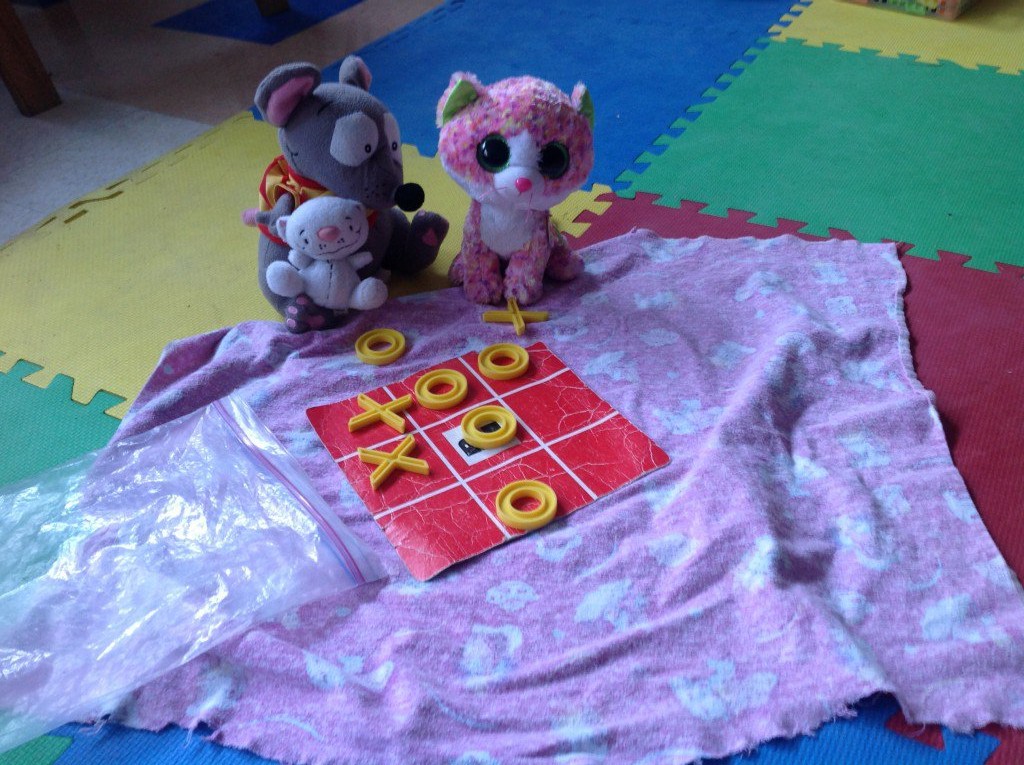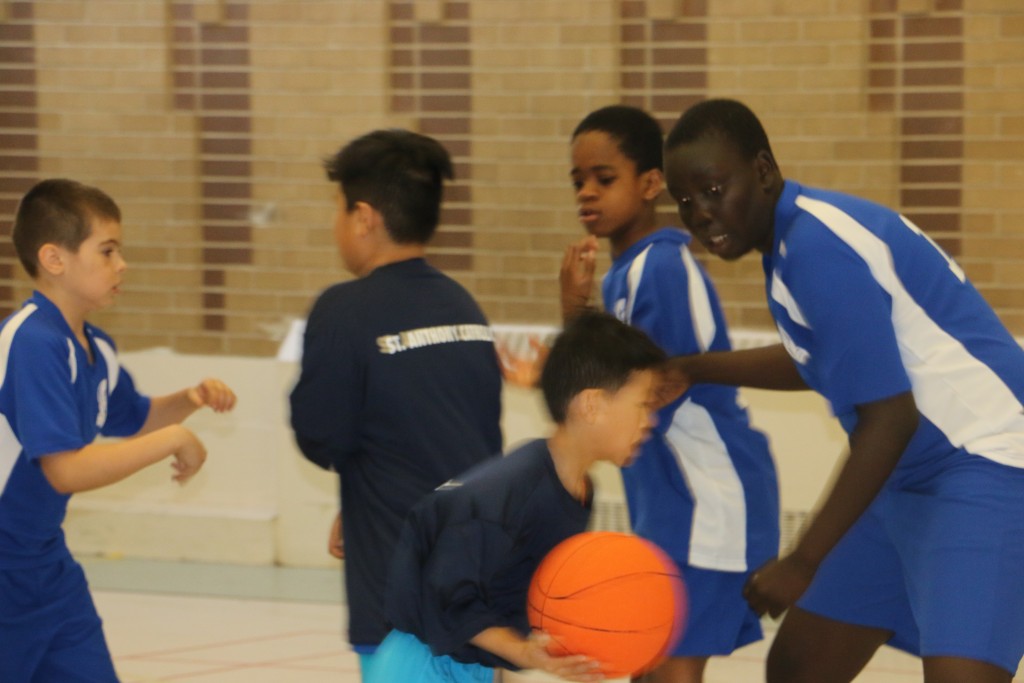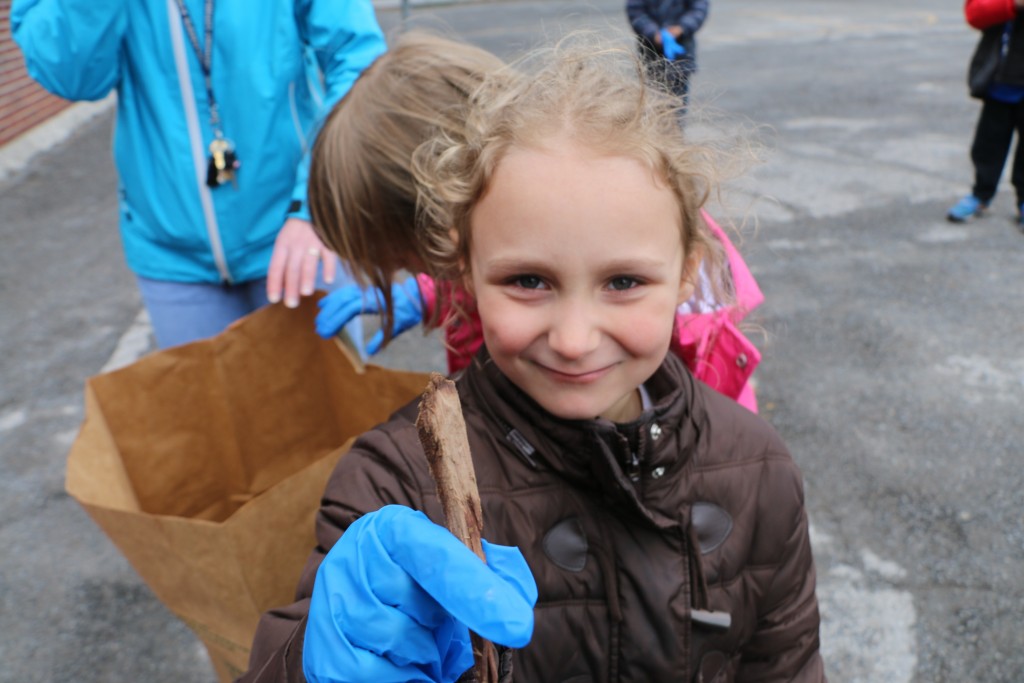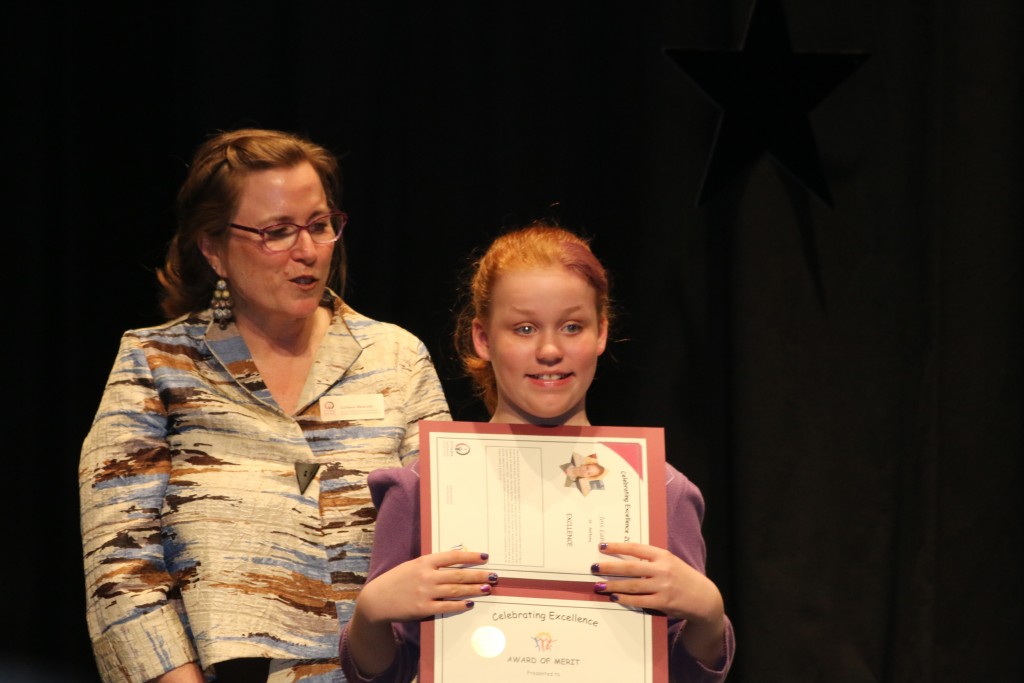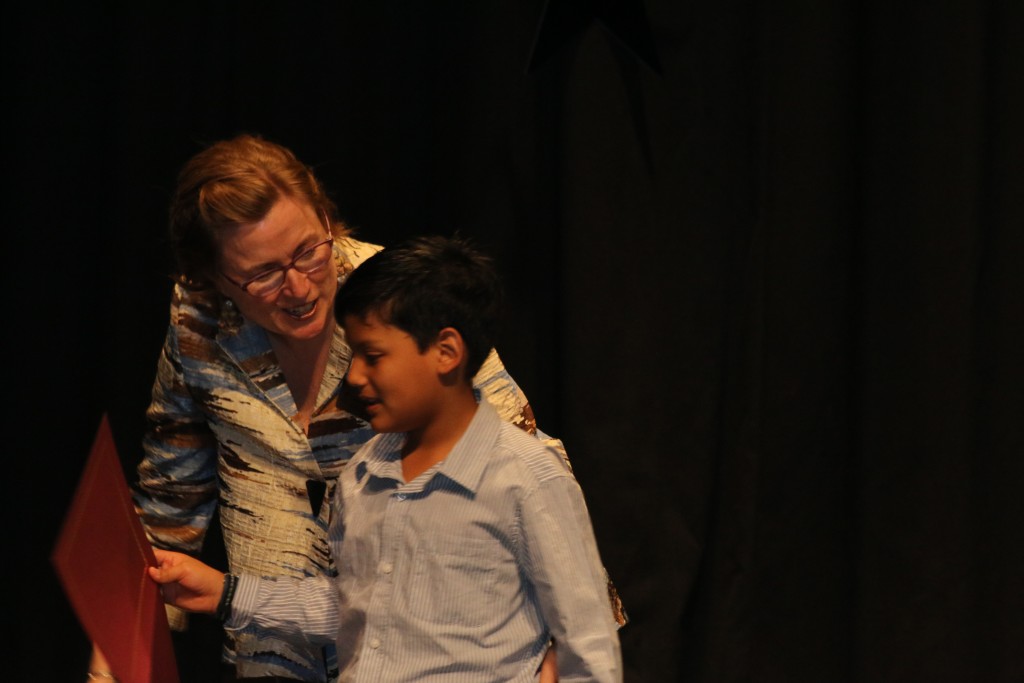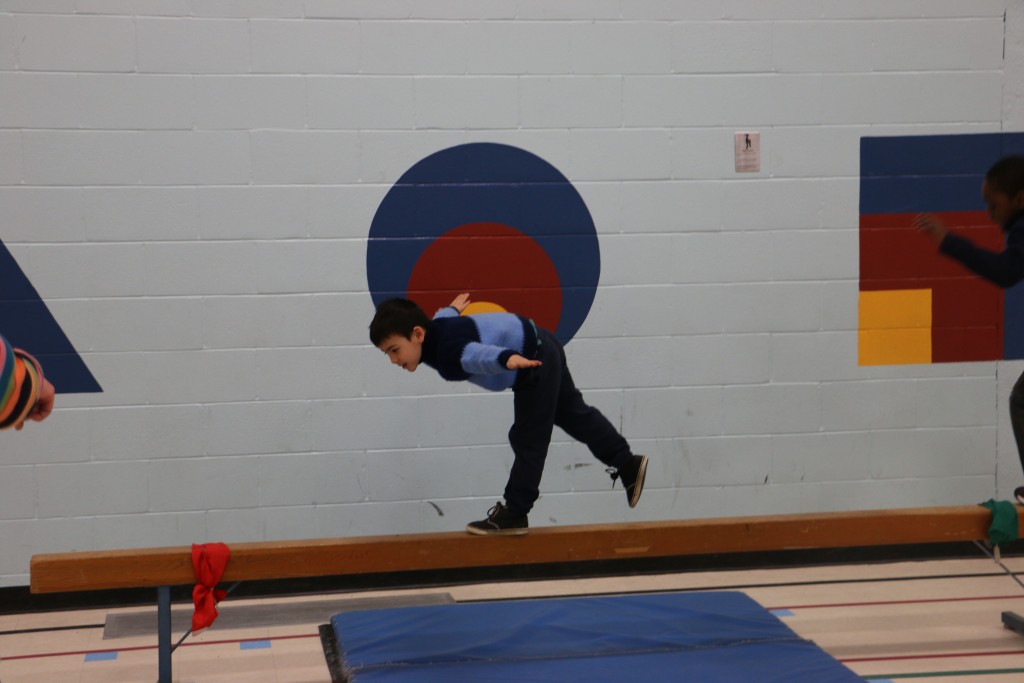This was a quote from Kristin Melnyk, a member of the “Innovative Teaching and Learning Leads” that I am working with in Winnipeg School District. The program is focused on developing not only educators to challenge the way they think about education, but to also develop innovative teacher leadership, to help this group lead meaningful change within their own schools.
It has been a great process so far, although I have only worked with the group one date personally. That being said, through the #WinnipegSDITLL hashtag as, well as being led by an awesome team within the Winnipeg School District, the learning shared has been great.
One part of the initiative is that educators in the program are asked to blog about something in their classroom or the program, to share their learning through the process, to the ITLL Project blog. This is a powerful way to share that their is a constant space for learning, and it is not focused only on our face-to-face time together, but shows the power of learning throughout. Reading their blog posts online, will also help build relationships in the times that we are face-to-face as well, as I am able to learn more about them not only as educators, but learners and thinkers. It creates a pretty powerful dynamic for learning and relationships.
There are so many benefits to having this type of “collaborative blog” throughout a professional learning opportunity, and I am so grateful to the team supporting the process. It has been wonderful to learn from them, but there are so many other powerful benefits. Here are some of them below.
1. Safe “guest posts”. Blogging is a powerful way to “openly reflect” on your learning, and in one of my favourite articles on the topic from Dean Shareski, talks about the power of this type of collaboration:“So here’s my plan. Hire a teacher, give them a blog. Get them to subscribe to at least 5 other teachers in the district as well as 5 other great teachers from around the globe. Have their principal and a few central office people to subscribe to the blog and 5 other teachers as well. Require them to write at least once a week on their practice. Get conversations going right from the get go. Watch teachers get better.”
Although I agree with what Dean is saying, having your own blog can seem daunting. But having a space where you can have a post with some guidance, can help some people feel more comfortable with the process and perhaps realize that it is not only valuable, but they are pretty good at it.
2. Competitive-Collaboration. This is a concept that is near to my heart. I believe that we need to learn to work with one another, but I also believe we need to push each other. In this space, I have noticed that the blog posts are getting more and more in depth, and I wonder if the quality is going up because the group is reading the posts that the others are doing. They are also not only writing reflections, buteither sharing visuals, or creating videos. We wanted to give them some guidelines (suggested 250 words but shared that it can be more, or less, or anything), but wanted people to be creative in how they shared.Check out this great video postedfrom Veronique Bedard
The learning that has been shared in this space has not necessarily taught people to be creative, but unleashed their creativity. Pushing each other in space where we also support one another, is where that “unleashed talent” is more likely to come to the surface.
3. Opportunities to Reflect. As Dewey states, “We do not learn from experience, we learn from reflecting on experience.” Although the process of change can seem “fast and furious”, this only makes it more important to slow down and think about why we do what we do. If we are truly looking at moving forward, we need to take the time to look back. There is so much learning that can happen through the process of reflection. It needs to be a non-negotiable part of the work in true learning organizations.
4. Rich data. Not all data is measured by numbers, and this blog is proving that. We are seeing this process to be extremely valuable, but this blog has become that evidence. As I was discussing this process with a group yesterday, how often do we do work in PLC’s and then create evidence that either no one sees, or really, no evidence of learning at all? This space will be here long after the initiative but shows the evidence of this program.
5. Everyone is a teacher, and everyone is a learner. As the leader of this program, I truly believe that if the group ONLY learns from me, they are missing out on a huge opportunity. This is why this space is so crucial. Not only does the group have the ability to learn from each other, but selfishly, my own learning is being pushed and prodded by this group. This flattened hierarchy of learning is beneficial to everyone willing to take part and ultimately will benefit so many kids in so many places. It has been powerful to watch and learn from this great group.
Chris Kennedy recently wrote about seeing a decline in blogging, and a part of me agrees. That being said, I actually think it is more valuable than ever. Giving people the opportunity to do it in a way where they get to experience themselves first in a safe space, and then seeing the value of learning from others, might be the best way to have them eventually create their own space, but even if they don’t, the opportunity to learn from these collaborative spaces has been extremely powerful.
Kristin Melnyk shared this quote in her blog post:
“It is not the strongest of the species that survives, nor the most intelligent, but the one most responsive to change.”—Charles Darwin
What is important to understand is that we can’t change others, but only ourselves. What we can do is create the spaces where change is more likely to happen, and these platforms of open and continuous learning could make that impact.

